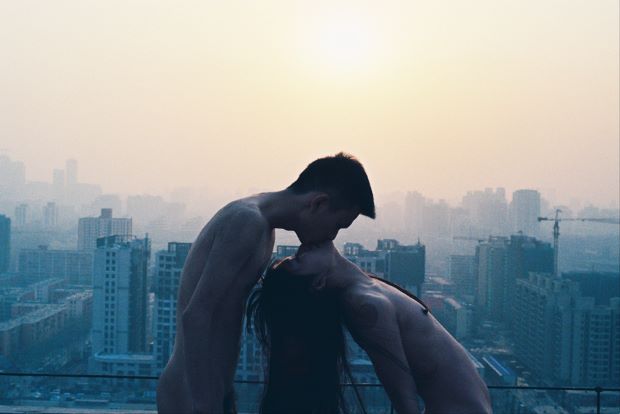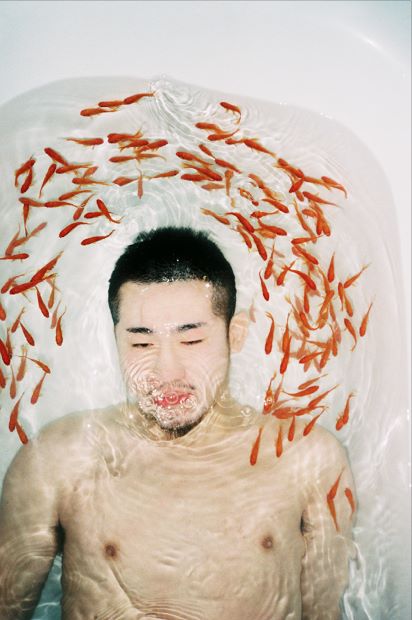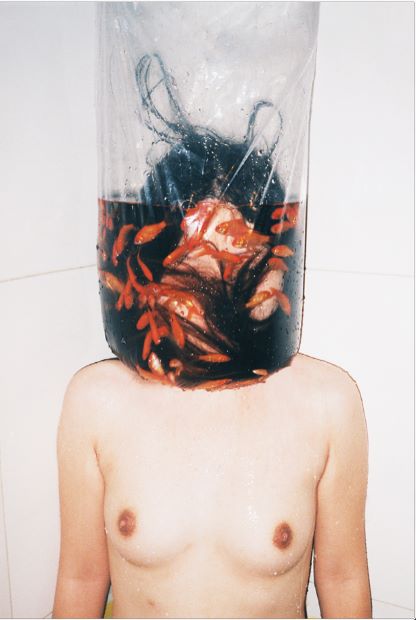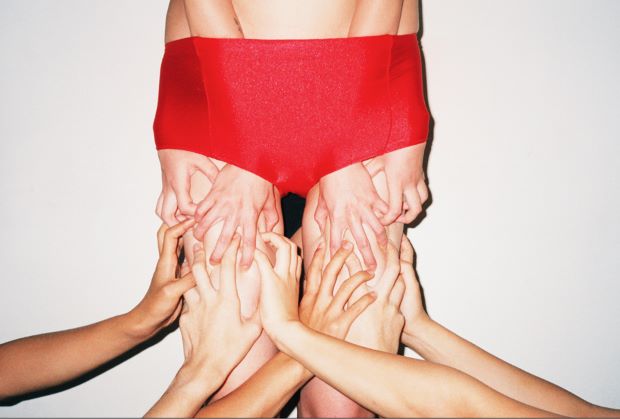 |
| Zona Gale |
Zona Gale, also known by her married name, Zona Gale Breese (August 26, 1874 – December 27, 1938), was an American novelist, short story writer, and playwright. She became the first woman to win the Pulitzer Prize for Drama in 1921. The close relationship she had with her parents set the tone for her writing and her personal life. Her books based upon her home town were found to be charming and had an intimate sense of realism, in which she capture the underlying feelings and motivations of her characters. All of her works were written under her maiden name, Zona Gale.
She became a single parent when she adopted a girl. Her parents died in 1923 and 1929. After her parents died, she became interested in mysticism, which changed her writing style, to the chagrin of the critics that enjoyed her previous work. She was unmarried until she was in her fifties, when she married a childhood friend who was a widower. She supported political and social causes, like women's rights, pacifism, and education.
Early life and education
Gale was born on August 26, 1874 in Portage, Wisconsin to Charles Franklin and Eliza Beers Gale. She was very close to her parents, who were inspiration for the "charming elderly couple" in her book, The Loves of Pelleas and Etare. She began writing and illustrating stories at the age of 7. Her first story was printed in pencil, because she did not know how to write yet, and the manilla pages were bound into a book that was held together by a ribbon.
Gale submitted a short story, Bob, to the Milwaukee Evening Wisconsin when she was sixteen and was paid $3 for the story. She attended Wayland Academy in Beaver Dam, Wisconsin before she entered the University of Wisconsin, where she received a Bachelor of Literature or Library Science degree in 1895. She received a master's degree in Library Science in 1899 and another master's degree in 1901. While a student, her poems were published in university publications. She received an honorary degree from the University of Wisconsin in 1929.
Career
After college, Gale wrote for Milwaukee Evening Wisconsin. She got the job by showing up at the city editor's desk each day. After two weeks, the city editor asked her to write a story about a flower show. After a total of six weeks, she was given a job on the paper. In 1896, she worked for the Milwaukee Journal. She went to New York City in 1901 and applied to get on every paper in the city. To get a job, she prepared a list of story ideas relevant for that day for the New York World and persisted until she got two assignments, and then a job.
Hired as a secretary to Edmund Clarence Stedman, she met people from his literary circle, including Ridgely Torrence, with whom she would have a relationship, and Richard Le Gallienne. She returned to her hometown in 1903 and saw it in a new light that changed her direction as a writer. She found that her "old world was full of new possibilities." She returned to Portage permanently in 1904, where she wrote her stories full-time.
She published Romance Island, her first novel, in 1906, and began the popular "Friendship Village" series of stories which were thought to be based upon Portage, although Gale stated that Friendship Village was not based upon any one town, but typical of a small town. She won first prize, worth $2,000, in 1910 for "The Ancient Dawn" in the short fiction contest by the Delineator. In 1920, she published the novel Miss Lulu Bett, which depicts life in the Midwestern United States. Her novel, appreciated for its realism, was compared to the works of Sinclair Lewis and Theodore Dreiser. She adapted it as a play, which was awarded the Pulitzer Prize for Drama in 1921. For the time, she had a rare skill in the way she wrote about common daily experiences of ordinary people in a small town. Her early works were considered sentimental, but also, like Jane Austen's work, in touch with the deeper meanings of her character's expressions during tea-table banter. Frederick Tabor Cooper said, "We bask for a few hours in that human exhilarating sunshine that radiates straight from the heart of people who are real and true and big of soul."
Preface to Love, published in 1926 was based on a new-found mysticism that grew after the death of her mother in 1923 and her father in 1929. The main character mistakes his inner wisdom and mysticism for madness. She published essays based upon mysticism. In these works, people's problems could be solved through a kind of transcendentalist enlightenment. Critics, who did not enjoy her book and essays, viewed her work unfavorably from that point forward, even when she tried to return to realism.
She wrote a book about a friend, Frank Augustus Miller, the founder of the Mission Inn Hotel, after his death in 1935. The biography, titled Frank Miller of Mission Inn, was published in 1938. Throughout her career, she wrote under her maiden name, Zona Gale.
Political and suffrage efforts
She was a suffragist, an activist, and a liberal Democrat, who supported the La Follettes, including Robert Sr. and his two sons Robert Jr. and Philip. She spoke for them at events and on the radio when they were campaigning for office.
She was an active member of the National Woman's Party, and she lobbied extensively for the 1921 Wisconsin Equal Rights Law. In the same year, she attended the founding meeting (in New York) of the Lucy Stone League and became a member of its executive committee. Her activism on behalf of women was her way to help solve "a problem she returned to repeatedly in her novels: women's frustration at their lack of opportunities."
She became a pacifist during World War I. She was a director of the Women's International League of Peace. She also criticized the inclusion of military training in college curriculums. She was on the executive committee of the American Union Against Militarism and a member of the Fellowship of Reconciliation and the Women's Peace Society.
She was against racial prejudice and promoted improved means of communication among races. She served on the Wisconsin Free Library Commission. In 1922, she established Zona Gale scholarships to pay towards talented young adult's education.
University of Wisconsin
Personal life
In 1902, she met Ridgely Torrence in New York, with whom she developed a "deeply felt spiritual love", but when considering whether to stay in New York or return to Portage, she returned to her family. Construction began on a house for her and her parents in 1906. Located along the shore of the Wisconsin River in Portage, she lived in the house most of her adult life.
Her mother died in 1923. In 1926, she began caring for a girl, Leslyn, who was a relative. She formally adopted her in 1931. On June 12, 1928, at the age of 54, she married William L. Breese, who was a platonic friend from her childhood and a widower. He was a wealthy banker and hosiery manufacturer. They lived in a house on MacFarlane Road in Portage after their marriage. She became a step mother to William's daughter, Juliette Blackman Breese, who married Cecil Bennett in 1930. Her father died in 1929. She became interested in philosophy after the death of her parents.
She enjoyed travel to California, New York, Japan and other places. Gale, a frequent visitor to the Mission Inn Hotel in Riverside, California, became a friend of Frank Augustus Miller, the founder of the hotel.
 |
| Zona Gale |
Death and legacy
Gale came to Chicago in mid-December 1938 for treatment of an ailment and contracted pneumonia about December 20. She died of pneumonia in Passavant Hospital in Chicago on December 27. Dr. Glenn Frank, former president of the University of Wisconsin, presided over her funeral. She was buried at Silver Lake Cemetery in Portage. Most of her estate of $60,000 (equivalent to $1,102,823 in 2019) went to Leslyn, age 12, and Juliette. Leslyn was to receive Gale's personal effects and the Zona Gale house upon her marriage. Juliette was bequeathed another house. Some money was set aside for the Zona Gale scholarships. William Breese died on October 1, 1954 at the age of 90. By the time of Breeser's death, Leslyn married Robert Keie of Saginaw, Michigan.
In her memory, William Breese established the Zona Gale Breese Library in Portage. He donated two houses, one of which was the Zona Gale house that went to the Women's Civic League. The performing arts center in Portage was named after her. A historic marker at Commerce Plaza Park in Portage memorializes her life.
BIBLIOGRAPHY
Novels
Short stories
| Plays
Essays and non-fiction
Poetry
|
Sherry, Laura Case, and Zona Gale. Old Prairie Du Chien. Paris: E.W. Titus, 1931.
Bennett, Richard, and Zona Gale. England and Ireland. University of Washington Chapbooks, No. 8. Seattle: University of Washington Book Store, 1927.
Herald, Leon Serabian, and Zona Gale. This Waking Hour : Poems. New York: T. Sellzer, 1925.
Secondary Bibliography
Barlow, Judith E. Plays by American Women : The Early Years. New York: Avon Books, 1981.
---. Plays by American Women, 1900-1930. New York, N.Y.: Applause Theatre Book Publishers, 1985.
Cabell, James Branch, et al. The Novel of Tomorrow and the Scope of Fiction. Indianapolis: The Bobbs-Merrill company, 1922.
Campbell, Donna M. Bitter Tastes: Literary Naturalism and Early Cinema in American Women's Writing. University of Georgia Press, 2016.
Derleth, August William, and Zona Gale. Still Small Voice; the Biography of Zona Gale. New York, London: D. Appleton-Century company incorporated, 1940.
Christ, Birte. Modern Domestic Fiction: Popular Feminism, Mass-Market Magazines, and Middle-Class Culture, 1905-1925 [in English]. American Studies: A Monograph Series (Amstudies). Heidelberg, Germany: Universitatsverlag Winter, 2012.
Ehrhardt, Julia Writers of Conviction: The Personal Politics of Zona Gale, Dorothy Canfield Fisher, Rose Wilder Lane, and Josephine Herbst. Columbia: University Press of Missouri, 2004 (January).
Fisher, Dorothy Canfield, et al. Aces : A Collection of Short Stories. New York ; London: G.P. Putnam's Sons, 1924.
Gilman, Charlotte Perkins, and Zona Gale. The Living of Charlotte Perkins Gilman; an Autobiography. New York: D. Appleton-Century company incorporated, 1935.
Koppelman, Susan. Women's Friendships : A Collection of Short Stories. Norman: University of Oklahoma Press, 1991.
Lovett, Robert Morss, et al. Art and the Worth-While. Man and His World, V. 9, Ed. By B. Brownell. New York: D. Van Nostrand company inc., 1929.
Maxwell, William. "Zona Gale." The Yale Review 76.2 (1987): 221-25.
Monteiro, George. "Zona Gale and Ridgely Torrence." American Literary Realism, 1870-1910 3 (1970): 77-79.
Nettels, Elsa. "Edith Wharton's Correspondence with Zona Gale: 'An Elder's Warm Admiration and Interest'." Resources for American Literary Study 24.2 (1998): 207-34.
Rhoades, Lynn. "Maid or Writer? The Rhetoric of Conformity and Rebellion in Miss Lulu Bett." Midamerica: The Yearbook of the Society for the Study of Midwestern Literature 23 (1996): 73-89.
Schroeder, Patricia R. "Realism and Feminism in the Progressive Era." The Cambridge Companion to American Women Playwrights. Ed. Brenda Murphy. Cambridge Companions to Literature. Cambridge, England: Cambridge UP, 1999. 31-46.
Simonson, Harold Peter. Zona Gale. Twayne's United States Authors Series, 18. New York: Twayne Publishers, 1962.
Simonson, Harold P. "Zona Gale (1874-1938)." American Literary Realism, 1870-1910 3 (1968): 14-17.
Sutherland, Cynthia. "American Women Playwrights as Mediators of the 'Woman Problem'." Modern Drama 21 (1978): 319-36.
Szymanski, Karen. "Zona Gale." American Literary Realism, 1870-1910 8 (1975): 260.
Tarkington, Booth, et al. Marriage : Short Stories of Married Life. Garden City, N.Y.: Doubleday Page & company, 1923.
White, Katherine A. "Miss Lulu Bett Revived." Turn-of-the-Century Women 1.2 (1984): 38-40.
Williams, Deborah. "Threats of Correspondence: The Letters of Edith Wharton, Zona Gale, and Willa Cather." Studies in American Fiction 25.2 (1997): 211-39.
Williams, Deborah Lindsay. Not in Sisterhood : Edith Wharton, Willa Cather, Zona Gale, and the Politics of Female Authorship. 1st ed. Houndmills, Basingstoke, Hampshire ; New York: Palgrave, 2001.

























